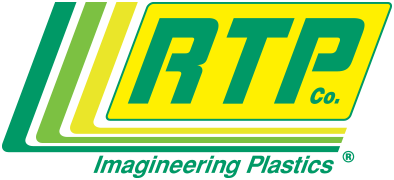There are many alternative processes competing with EMI Shielding Compounds such as foils and conductive fabrics, metallic inner shields, and plastics with a conductive coating. Conductive paints are the most common method of applying a conductive surface coating to plastics, but vacuum metallization is gaining popularity.
While it is rather straightforward to compare the advantages and disadvantages of coatings versus compounds, it is more complicated to compare the shielding capabilities of the two methods. Compounds shield primarily by absorption, while coatings shield primarily by reflection.
The coating industry utilizes surface resistivity as a mechanism to denote shielding capability. However, for absorption shielding (where electrical conductivity is mostly within part walls), there is little correlation between surface resistivity and shielding capability. Volume resistivity is a better indicator of shielding effectiveness.
| EMI Shielding Compounds | Conductive Coatings | |
|---|---|---|
| Shielding Permanence | Integral property |
|
| Recyclability | Reusable and recyclable | Stripping process removes coating, but this creates metallic “sludge” which must be discarded. |
| Part Design Compatibility | Complex designs | Simpler designs (Line of sight process). |
| Lead Times | Lower than Plastics with Conductive Coatings. | Higher than EMI Shielding Compounds. |
| Corrosion Resistance | Integral Property | Copper, favored for highly conductive coatings, requires protective topcoat. |
| Post-Mold Shielding Operations | Part shielding right out of the mold. Integral property |
Additional shielding steps include: coating part with conductive material and masking. |
| Special Handling During Molding | None | Must be kept free of contaminates for coating to adhere properly. |
| Costs | See cost comparison example | See cost comparison example |





